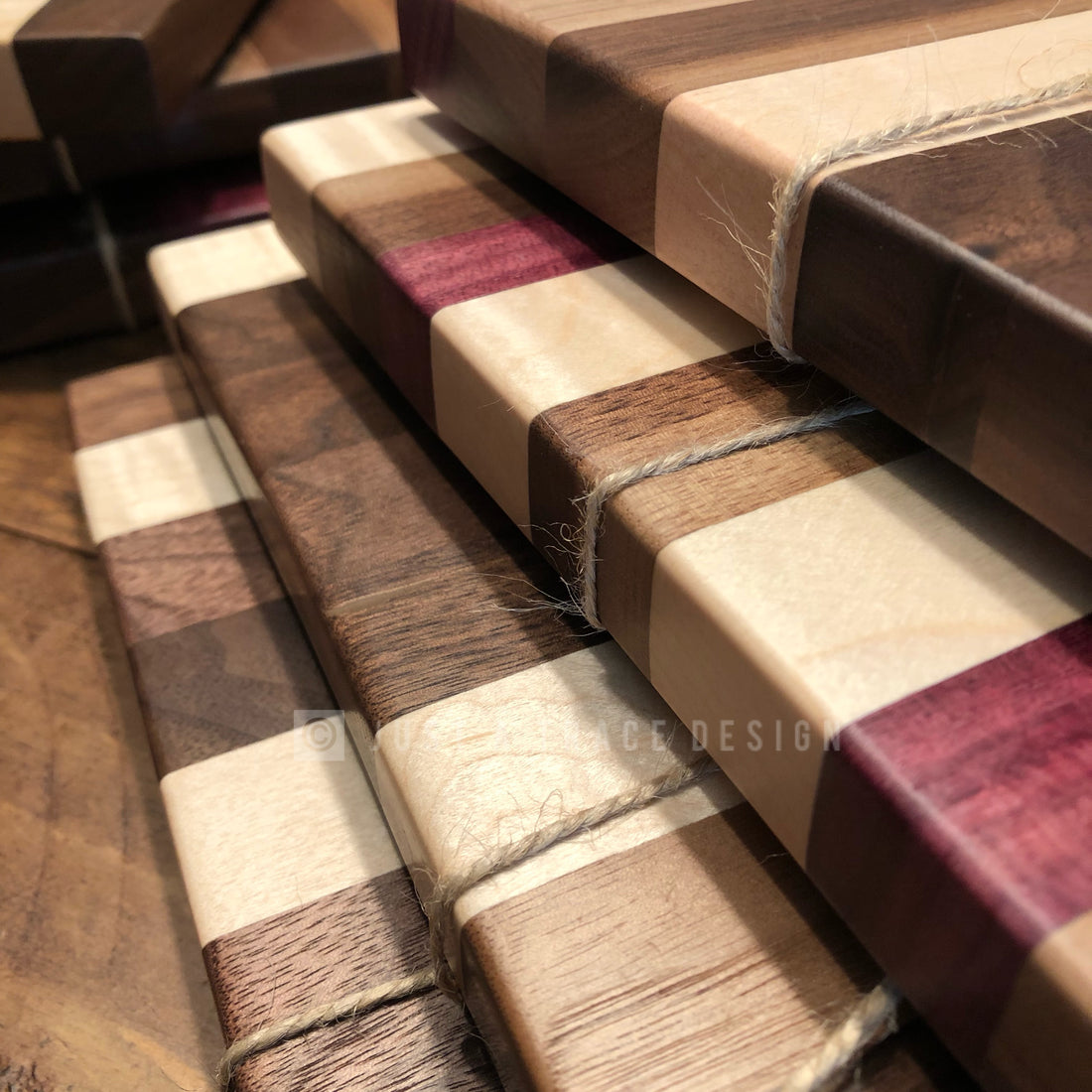Wood cutting boards are not only functional but also add a touch of natural beauty to your kitchen. With proper care, a wood cutting board can last for years, providing a reliable surface for all your chopping, slicing, and dicing needs. In this comprehensive guide, we will walk you through the essential steps and best practices to ensure your wood cutting board remains durable, sanitary, and aesthetically pleasing.
-
Choosing the Right Wood: When selecting a wood cutting board, opt for hardwoods like maple, walnut, cherry, or teak. These woods are known for their durability and resistance to moisture, making them ideal for kitchen use. Avoid softwoods, as they are more prone to scratches and grooves.
-
Seasoning Your Cutting Board: Before using your wood cutting board for the first time, it's crucial to season it to protect the wood and enhance its longevity. Start by washing the board with warm, soapy water, and allow it to dry completely. Then, apply a food-grade mineral oil or a specialized cutting board oil to all sides of the board. Allow the oil to penetrate the wood for a few hours or overnight, and wipe off any excess oil before use.
-
Regular Cleaning: Proper cleaning is vital to maintain a hygienic wood cutting board. After each use, rinse the board with warm water and mild dish soap. Avoid submerging it in water or exposing it to excessive moisture, as this can cause warping or cracking. Use a sponge or a soft cloth to remove any food particles, and pat the board dry with a clean towel.
-
Deodorizing and Sanitizing: Wood cutting boards can sometimes retain odors and harbor bacteria. To deodorize and sanitize your board, sprinkle it with coarse salt or baking soda, and rub it gently using a lemon half or a soft brush. The salt or baking soda will absorb odors, while the natural acidity of the lemon helps eliminate bacteria. Rinse the board thoroughly and allow it to dry completely.
-
Removing Stains and Discoloration: Over time, your wood cutting board may develop stains or discoloration from certain foods. To remove these blemishes, make a paste using baking soda and water, and gently rub it onto the stained area. Let it sit for a few minutes, then rinse and dry the board. For stubborn stains, you can also use a mixture of hydrogen peroxide and water, but exercise caution and test it on a small, inconspicuous area first.
-
Avoiding Excessive Heat and Moisture: Wood is sensitive to extreme heat and moisture, which can cause warping, cracking, or splitting. To prevent this, avoid placing your wood cutting board in direct sunlight or near heat sources like stovetops or ovens. Similarly, refrain from leaving it immersed in water or placing it in the dishwasher. Always hand wash and dry it promptly after use.
-
Revitalizing and Reconditioning: Over time, your wood cutting board may lose its luster and become dry. To revitalize and recondition the wood, apply a thin layer of cutting board oil every few weeks or whenever the wood starts to appear dull or dry. This helps restore moisture, protect against cracking, and maintain the natural beauty of the board.
A well-cared-for wood cutting board can be a reliable kitchen companion, providing a safe and beautiful surface for all your culinary adventures. By following these guidelines for proper maintenance, you can ensure your wood cutting board remains in excellent condition for years to come. Remember, a little care and attention go a long way in preserving the longevity and beauty of this essential kitchen tool.

